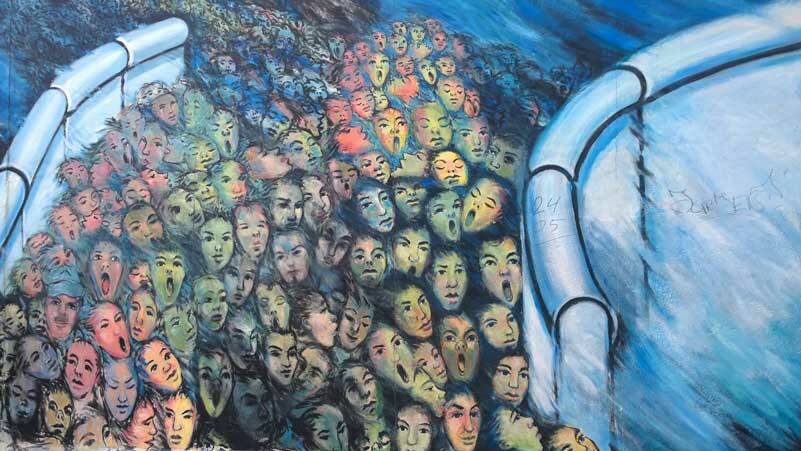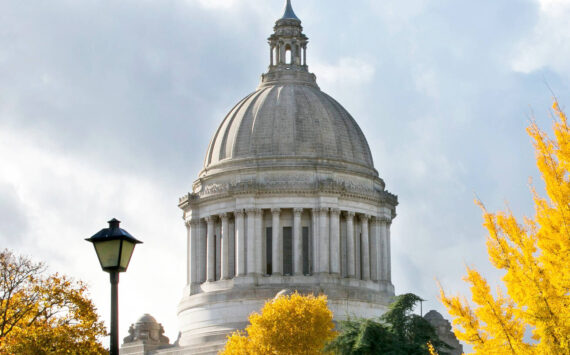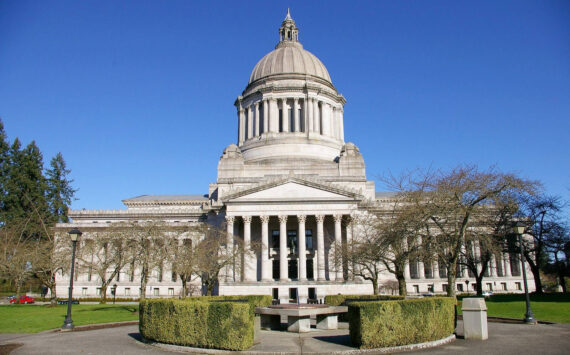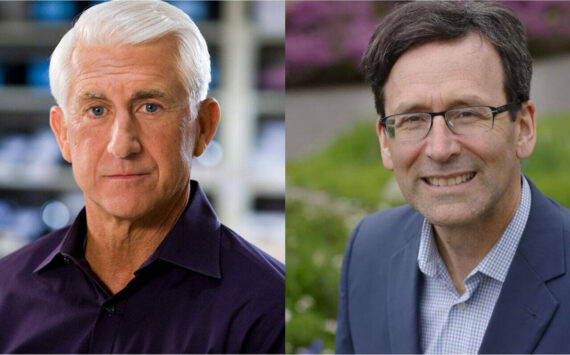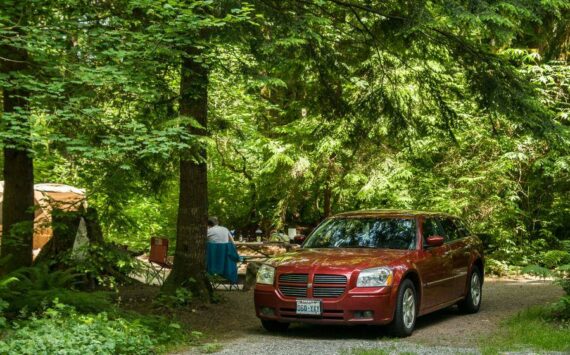By Morf Morford
Tacoma Daily Index
Remember Andrew Carnegie, the public library founder, and a man who built enormous wealth during the oil and coal based Industrial Revolution?
He knew that leaving a legacy and making a difference was about far more than accumulation of money – money in fact, accumulated, as he knew well, is destructive to individuals and economies alike. As Carnegie put it, “Man must have an idol, but the amassing of wealth is one of the worst species of idolatry. No idol is more debasing than the worship of money.”
In every direction, and every category, we, as a nation, and certainly as a region, seem to be in a state of transition, if not crisis.
Whether it is our place in the world economy or local potholes, schools or tax rates, everything seems to be in flux, and not very similar, to put it mildly, to what seemed so certain and solid just a few years ago. There are more contributing factors to this situation than could be named. And no generation, era or political party can escape the blame.
Consider our regulatory processes. Yes, a century or two of accretion of rules, expectations and intentions have confused and contradicted any original, once-clear intentions (even those, like red-lining, with dubious goals), but when the cost of a (sometimes simple) project is multiplied, or its completion jeopardized, by regulations, you know something is deeply flawed about our system.
A typical mile of rapid transit systems in the U.S., for example, costs twice what it costs in Europe, owing to bureaucratic delays, consulting fees and, of course near-endless litigation.
And no surprise to anyone living in the greater Tacoma area, the average highway project in the U.S. takes 9.5 years to work its way through the permitting and approval process.
And some projects that we might be able to name, are far above average.
Planning is easy, the saying goes, execution, not so much.
Progress, whether for individuals, communities or nations, relies on three things; clarity of mission; speed of project development; and the confidence that comes from successfully building on our strengths and accomplishments.
In other words, everyone from stakeholders to community members to workers, needs answers to a couple key questions; what are we doing? How do we get there? And are we making progress, even a simple step each day?
With clarity of purpose comes urgency – and the ultimate multiplier effect – unity.
And, of course, without clarity of purpose comes confusion and demoralization – which for a society or an individual – means waste and self-destructiveness.
Whether it is an interstate transportation project or drug addiction in an individual, clarity of purpose opens the way, and often highlights the next step – or more. And without it, no progress can be made.
Unlike previous eras, where a common threat united us, common threats like COVID, climate change or paralyzing income inequality seem to be dividing us even more.
We have decisions to be made and funding to generate and allocate -and arguments about every aspect of every issue.
“Don’t tell me where your priorities are. Show me where you spend your money and I’ll tell you what they are.” – James W. Frick
We seem to have forgotten a very important guiding principle; infrastructure, above all, is about creating enduring value for the public, for all of us – and the current atmosphere of debate, if not open conflict, ignores how urgently we need to make that the system work – for all of us.
Some nations seem to accomplish great things, like high speed, energy efficient, safe and reliable mass transit systems that cross borders, cultures and language barriers at record speeds – both in construction and in passenger experience.
Long-lasting traditional cultures operate on a principle they virtually never articulate because it is so basic, and we in the United States do not use because we do not know it; the more you give, the more you have and the more you grasp, the more you lose.
This is true in every area of life from trust to friendship to money and, yes, infrastructure.
Almost any infrastructure project worth doing will take, at minimum, about ten years – usually more, often much more.
In other words, many of those who planned or worked on any given project will not live to see it.
That is, by any definition, what “culture” is; the developments, ideas and beliefs of previous generations that have left a foundation for those that will follow.
Some infrastructure is solid and visible, like bridges or rail lines.
Other infrastructure is more subtle, but no less powerful and impactful.
These could be values, policies or beliefs that frame and define a nation or culture.
Our attitudes toward education, citizenship, crime (and punishment) and, perhaps more than anything, our responsibility to future generations are the unspoken, unwritten membrane that ties us all together.
If you travel to a foreign country (as an American), especially almost anywhere in Europe or Asia, you are likely to be struck by how “uniform” those cultures are.
In Japan, for example, virtually everyone is, wait for it, Japanese. And every Japanese citizen knows, consciously or unconsciously, what is expected of them when it comes to work ethic, public behavior and personal demeanor.
We, in America, have essentially no such self-awareness.
How does a stereotypical “American” “act” in any given situation?
Unfortunately, we see it in real life or in the media.
Americans are noted for demanding their “freedom”, their “rights” and, of course their privileges.
America tourists abroad are well known for being rude, condescending and critical of almost every aspect of the foreign experience they paid for and chose to experience.
American public tantrums abroad are legendary.
And, for better or worse, we are seeing more and more of them back home.
Arguments, denials, even assaults on medical staff, restaurant workers or even on flights (while in the air!) have become the stuff of everyday news.
Our unspoken infrastructure, like how we behave and treat each other in public, is at least as important, and as revealing, as any bridge or high speed rail line.
Both strands, the tangible and the behavioral, are an investment in each other and in the future.
And the more we keep, protect, even fight for what we have, the more likely we are to see it slip away.
And the more we share, invest in and engage with what we care about the more we, and everyone else,will have.
That’s always been the promise of America – opportunity, liberty and justice for all, not just for those who accumulate and lock it up.
